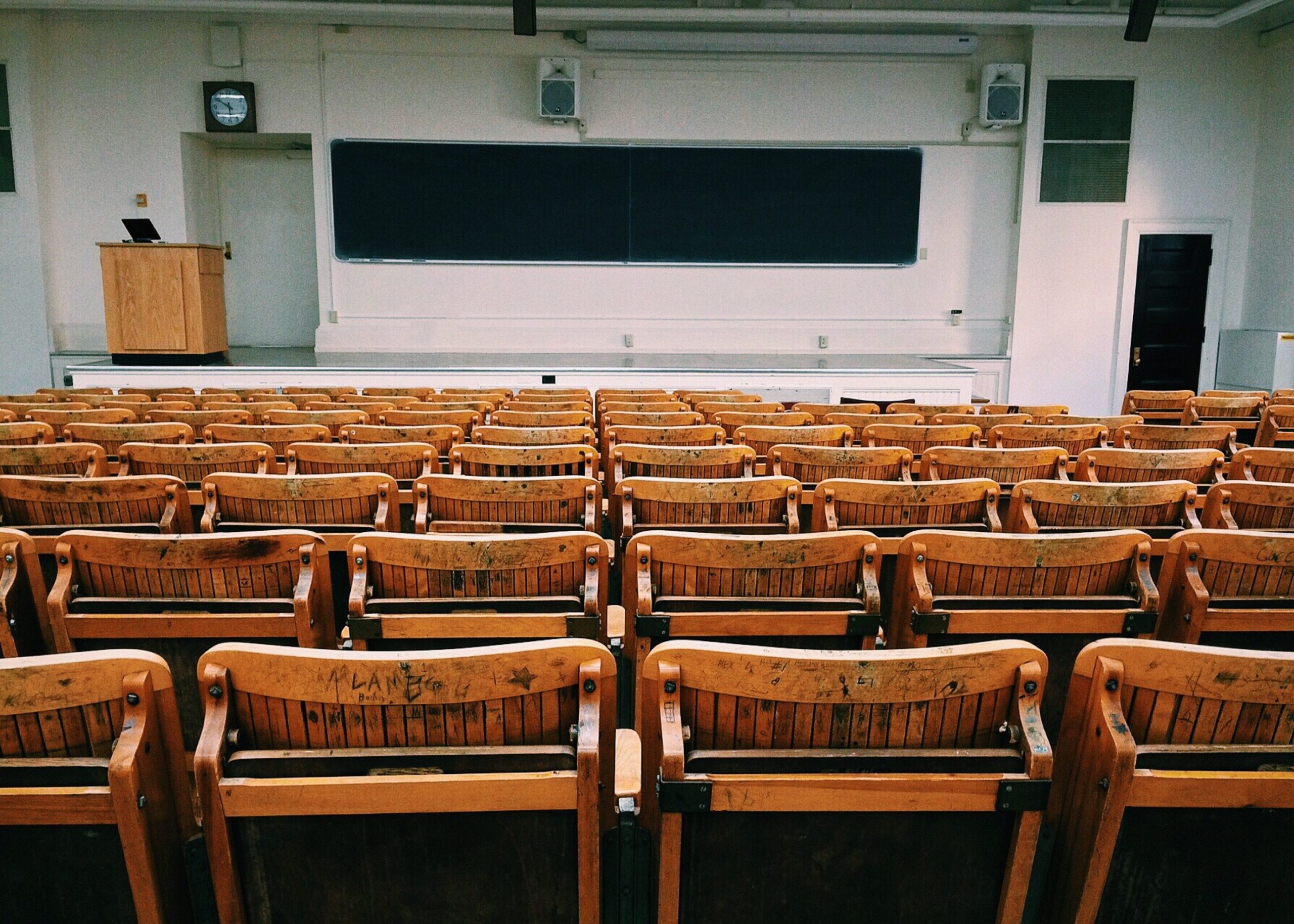Today the government is present at every stage of the Indian education sector. It is not just a mere regulator in the sector but also a prominent player as around 74% of total schools in India are government schools (UDISE). This statistic also poses a larger question: is it fair for a market player to regulate itself?
The Indian education system is one of the largest in the world. As per the Annual Status of Education Reports (ASER), in 2018 we stood at a 97.2% gross enrolment ratio (G.E.R.) for primary education. The Right to Education (RTE) Act has a vital role to play in this, as it makes free and compulsory education a fundamental right for children (age 6-14). It is undoubtedly a lucrative statistic to quote. However, merely achieving full enrolment in primary educational institutes does not translate to a successful education system.
Under the RTE there are certain rules & regulations for a private school like conditions dictating the size of land, ground and boundary walls, etc. On paper, these norms also apply to public schools and it’s under the mandate of the state government to ensure that public schools follow them, but there are no repercussions to non-compliance, whereas, for private schools, their recognition depends on this compliance. The 2011 report by the Centre for Policy Research highlighted that 38% of government schools did not have the prescribed number of classrooms, 43% did not have libraries and 43% had no girls toilet.
There have been no visible efforts on the government’s part to measure the outcomes of schools. They have only focused on outputs, and even in terms of outputs, the government schools haven’t been doing well. In 2009 India secured the third rank from the bottom (72 out of 74) in the Programme for International Student Assessment (PISA) test. The Indian government henceforth boycotted its participation in this survey on many namesake grounds but intrinsically the fear was of not rising up the ranks as no provisions were made to improve the outputs.
Government advocates the need for public institutions in education as they are affordable and provide access to all. However, the education system is rigged as there are no proper accountability mechanisms in place. Education isn’t something that can’t exist without the government in place. The market is fully capable of providing it and thus the contention isn’t over access; it’s over affordability. To solve this problem, the government can focus on Direct Benefit Transfers or Direct Cash Transfers to beneficiaries. Instead of reducing/eliminating the price of a commodity, if you give the people the power to purchase it, a healthy balance of demand and supply of education can be maintained. With this money, people can then choose which school they want to send their child to, instead of being forced to send their children to substandard government schools. This sort of system promotes choice and solves the problem of affordability. It has been advocated by many economists and has been a success in many countries like Chile, Ireland, Sweden, etc.
One of the best ways to improve the education scenario in India is to stop treating education as a public good and let the market function on its own. The government trying to be omnipresent is only plaguing the education sector with worse output, no accountability, poor quality education and above all- biased rules of the game.
It would be a boon for everyone if the government restricted its role in this sector as a fair regulator and not a player.
Post Disclaimer
The opinions expressed in this essay are those of the authors. They do not purport to reflect the opinions or views of CCS.






